Nowadays, fireplaces, stoves, and inserts come with a range of fuel options. All have their pros and cons, but what’s important is finding the best options for your home and budget. At Dunrite Chimney and Stove, we’re happy to go over the advantages and disadvantages of each, so you make the right decision for your household and lifestyle.
Wood Fuel: Pros & Cons
Today’s wood stoves, inserts, and fireplaces are a far cry from the sooty and high-maintenance models of the past. Which means that, even though wood as a fuel may seem primitive compared to more modern types, it still remains a popular option
Pros
- Easy to Access: Logs for burning can be purchased anywhere. And if you live in a rural area, wood might even be more prevalent. If you have it on your property, you have a free source of fuel so long as you maintain sustainable harvesting practices.
- Independent of Other Energy Sources: Gas and electricity depend on existing utility lines to work. Pellet stoves also need electricity. Wood will work no matter what, as long as you’re willing to split and stack logs. Wood makes for an ideal fuel during emergencies, like when the power goes out.
- Classic & Timeless Ambiance: Wood-burning systems offer an aesthetic that’s hard to beat. Replicating the exact sounds, smells, and vibes is next to impossible, and many don’t want to lose out on that – and consider the extra work well worth it!
Cons
- Emissions: EPA limits wood stove emissions to 4.5 grams of smoke per hour, which is a giant improvement from previous models – but not the least polluting of the choices.
- Manual Labor Required: Carrying, splitting, and stacking logs is hard work. And even if you purchase your wood fuel, you’ll still need to build, maintain, extinguish, and clean up after a fire. Compared to other options, wood fuel requires the most manual labor.
- More Mess Involved: If you own a wood-burning system, you can plan on having to scoop ash piles and sweep up pieces of wood and debris. You’re also more prone to have sparks and embers come out of the firebox and potentially damage your rugs or floors.
Gas Fuel: Pros & Cons
Gas fueled appliances come in propane, natural gas, butane, and more. The common denominator is that the gas is flammable and supplied from utility lines or a gas tank.
Pros
- Precise Heating: Most gas inserts and fireplaces have temperature control knobs that allow you to regulate the amount of heat entering your space. This precision is especially beneficial for conserving energy.
- Fuel Efficiency: Gas burns almost completely, making it more efficient than wood or pellets, which leave ash. In addition, gas fireplaces are more effective at releasing heat into a room than other types of fuel.
- Convenience: You’ll only need to turn on the switch to make your gas insert, stove, or fireplace work. No need to scoop ashes, add more pellets, or stack wood in a sheltered location – can’t beat that!
Cons
- Dependence on Existing Infrastructure: Unlike wood, gas fuel comes from existing utility lines in most cases. Aside from paying monthly bills, you’re also in danger of losing a fuel source after a natural disaster or major crisis.
- Loss of Ambiance: Since you’re not burning wood, you’ll lose out a bit on that classic and traditional fireplace aesthetic. That said, most models nowadays are quite realistic, so many are willing to compromise this loss for the enhanced efficiency and convenience. And modern styles can give your space a unique look that can’t be gained with wood!
Pellet Fuel: Pros & Cons
Pellet-fueled appliances are relatively modern and have been slowly gaining popularity across the country. Pellets are made from biomass and organic waste, including untreated lumber, agricultural residues, and energy crops.
Pros
- Easy to Use: Just fill the hopper, and you’re good to go! The hopper with release more fuel as needed, so you won’t need to get up and constantly tend to your fire.
- Renewable: Since pellets are made from recycled biomass and energy crops, they’re a sustainable and renewable source of fuel. Pellets also have a lower carbon footprint than the other fuel types.
- Cost-Effective: Pellets are relatively cheaper to use than gas or electricity. In addition, they are usually available in 40-pound bags, allowing you to get plenty at once – you won’t be running out anytime soon.
- Easy Storage: Unlike wood that needs to be collected and stacked in a large area, pellets take up less room and can be stored in any dry place.
Cons
- Electricity Dependent: This disadvantage is not for pellet fuels, but for the mechanism that makes them work in the first place. Most pellet stoves have thermostats or sensors that help regulate the amount of burning fuel. Which means, if there’s a power outage, the entire system will shut down.
- Expensive Fuel: Pellets are a bit more expensive to purchase and maintain than wood.
- Can Be Noisy: Many pellet models come with a fan to allow heat to better enter your space. If this is the case for yours, you may notice a constant noise that could affect the ambiance of your space.
- Shorter Lifespan: Compared to a wood-burning system, pellet options don’t usually last as long. And if one part breaks down, the system likely won’t be able to function until repairs are completed.
Electric Fuel: Pros & Cons
Many modern stoves, fireplaces, and inserts are powered by electricity. There are fake flames, which are surprisingly realistic, and many have a fan guiding warmth straight into the room. Each model will also come with a heating element that radiates consistent and controlled heat.
Pros
- Most Convenient Option: Finding a source of electricity is easy. As long as there’s an outlet, you can simply plug in your appliance, and you’re good to go.
- Easy To Install: Since they don’t operate with a chimney, they don’t require an elaborate venting setup. They come as they are, and you’ll only need to place them in your preferred location before plugging them in.
- No Mess to Clean Up: Wood and pellets leave ash and soot, and many gas stoves leave some sort of residue. But electricity doesn’t emit anything except pure heat. It’s definitely the most low-maintenance choice.
- Suitable for Small Spaces: Most appliances powered by electricity are compact enough for apartments and small rooms. So for those with limited space, this may be the best option.
Cons
- Dependent on Existing Utility Lines: If your area experiences an outage, you’ll also lose your source of heating. Since electric options run on electricity, you’ll need a back-up heat source during times like these.
- Loss of Maximum Heat: While electric options have lots of pros, they don’t usually give off quite the same warmth that other fuel types offer. That said, they still make a great option for those not concerned with using it as a main healing source.
- Loss of Classic Aesthetic: In terms of aesthetics, electric options probably have the least to offer. They don’t produce any real flames, so you get that classic vibe that you would with a wood-burning system. That said, today’s models are surprisingly realistic, and they come in a range of beautiful styles.
Reach Out to Our Team
So, which is best? It’s up to you to choose the fuel that best suits your needs. Whatever your choice, Dunrite Chimney and Stove is here to help. And if you’re still undecided, reach out! We’d be happy to help you out.
We offer an array of products and services to help you achieve the ideal heating setup. Call 631-738-0005 or request an appointment online today.


Recent Comments